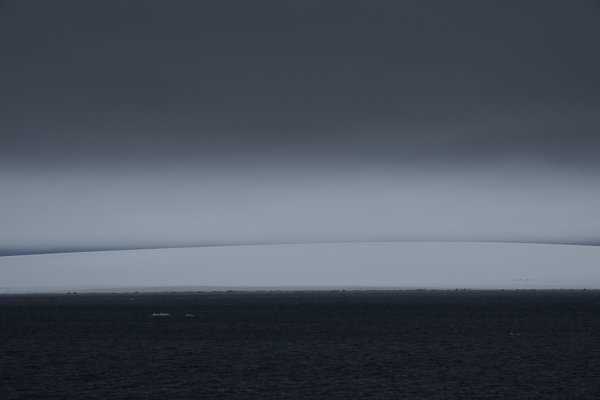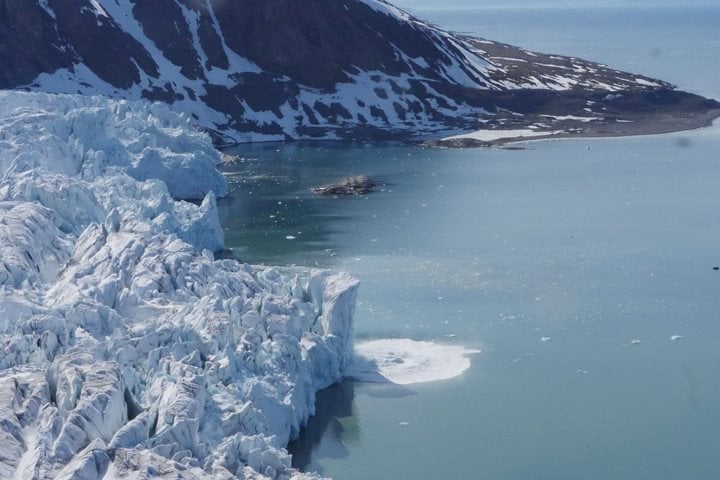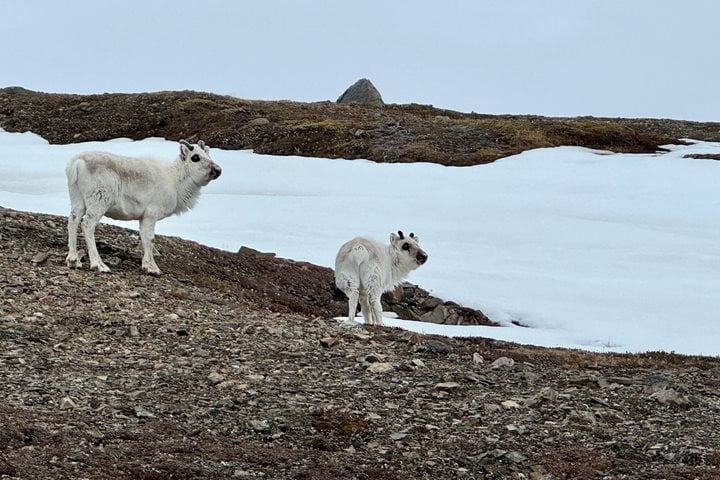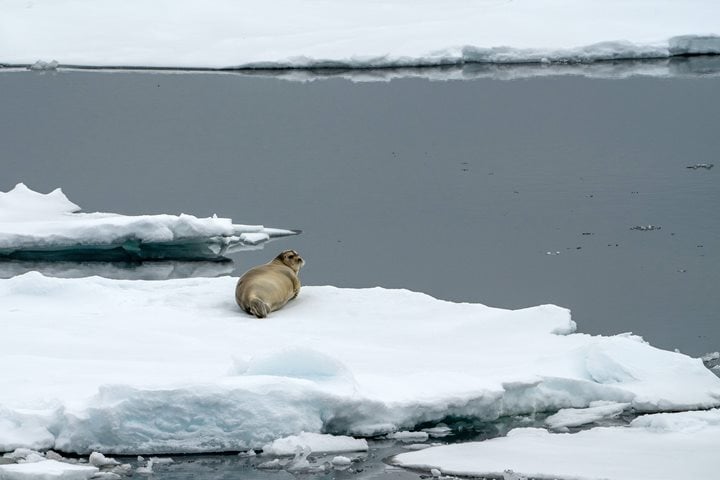We have spent the morning cruising around Storøya, a small island covered by an ice cap east of Nordauslandet. A couple of decades ago, this island was part of the icecap of Austfonna, Nordauslandet. As all glaciers retreat, Storøya has been revealed to be an island. We were searching for wildlife and we managed to spot a couple of shy walruses in the distance. Then, in the afternoon, we ventured out on a Zodiac cruise in the Arctic Ocean! We were surrounded by ice floes and gained an understanding of the importance of this material for the ecosystem.
Call +1.800.397.3348 or contact your travel advisor







